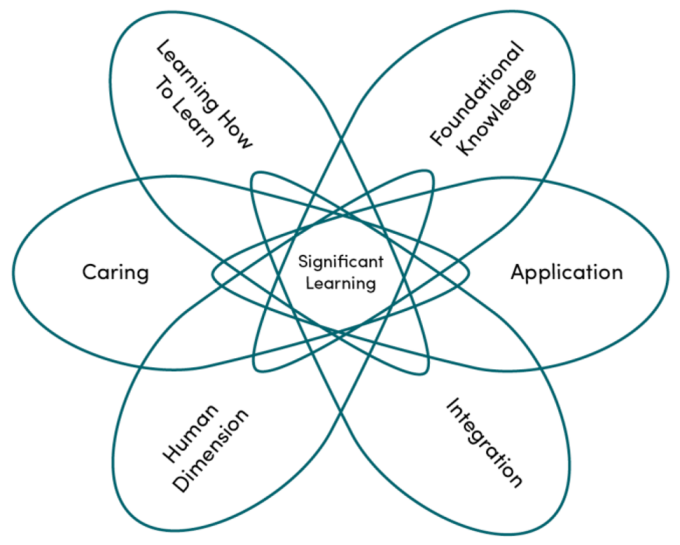Boston College Center for Teaching Excellence. (n.d.). Learning objectives documentation.
https://cteresources.bc.edu/documentation/learning-objectives/
Carnegie Mellon University Eberly Center. (n.d.). Articulating learning objectives. https://www.cmu.edu/teaching/designteach/design/learningobjectives.html
Cornell University Center for Teaching Innovation. (n.d.). Setting learning outcomes.
https://teaching.cornell.edu/setting-learning-outcomes
Levinsson, H., and Linder, C. (2024). Course design as a stronger predictor of student evaluation of quality and engagement than teacher ratings. Higher Education, 88, 1997–2013. https://doi.org/10.1007/s10734-024-01197-y
Martin-Alguacil, N., et al. (2024). Student-centered learning: Issues and recommendations for implementation in traditional curriculum settings. Education Sciences, 14(11), 1179. https://www.mdpi.com/2227-7102/14/11/1179
Paolini, A. (2015). Enhancing teaching effectiveness and student learning outcomes. The Journal of Effective Teaching, 15(1), 20–33. https://files.eric.ed.gov/fulltext/EJ1060429.pdf
Purvis, A., and Winwood, B. (2023). A guide to writing learning outcomes in higher education. National Teaching Repository, Sheffield Hallam University. https://shura.shu.ac.uk/32056/
University of Michigan Center for Research on Learning and Teaching. (n.d.). Learning outcomes for global learning.
https://crlt.umich.edu/internationalization/learning-outcomes
University of Minnesota Center for Educational Innovation. (n.d.). Course and syllabus design using the 4As framework.
https://cei.umn.edu/teaching-resources/course-and-syllabus-design
Cooper, M. M., et al. (2024). Beyond active learning: Using 3-dimensional learning to create scientifically authentic, student-centered classrooms. PLOS ONE, 19(5), Article e0295887. https://doi.org/10.1371/journal.pone.0295887
Syracuse University Institutional Effectiveness and Assessment. (2021, November). Action verbs using Bloom’s and Fink’s taxonomies. Syracuse University. https://effectiveness.syr.edu/wp-content/uploads/2021/11/Action-Verbs.pdf
Written by David Giovagnoli Assistant Director for Scholarly Teaching and Learning, Center for Integrated Professional Development, Last Updated 10/24/25

 Source:
Source: